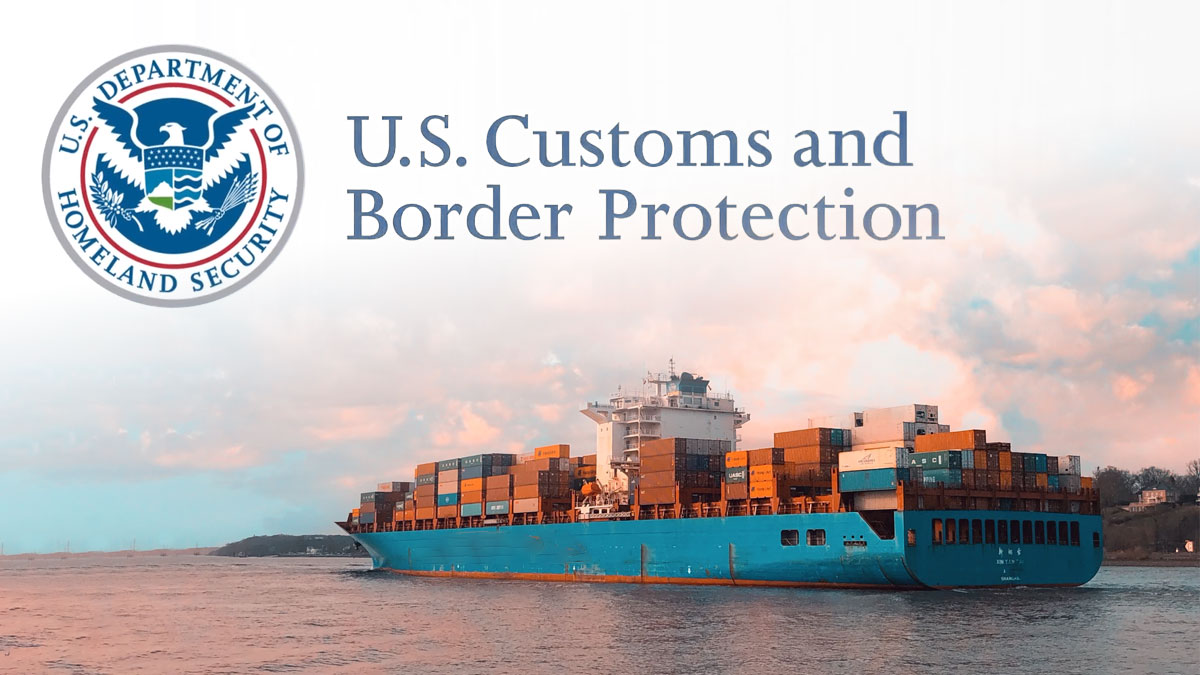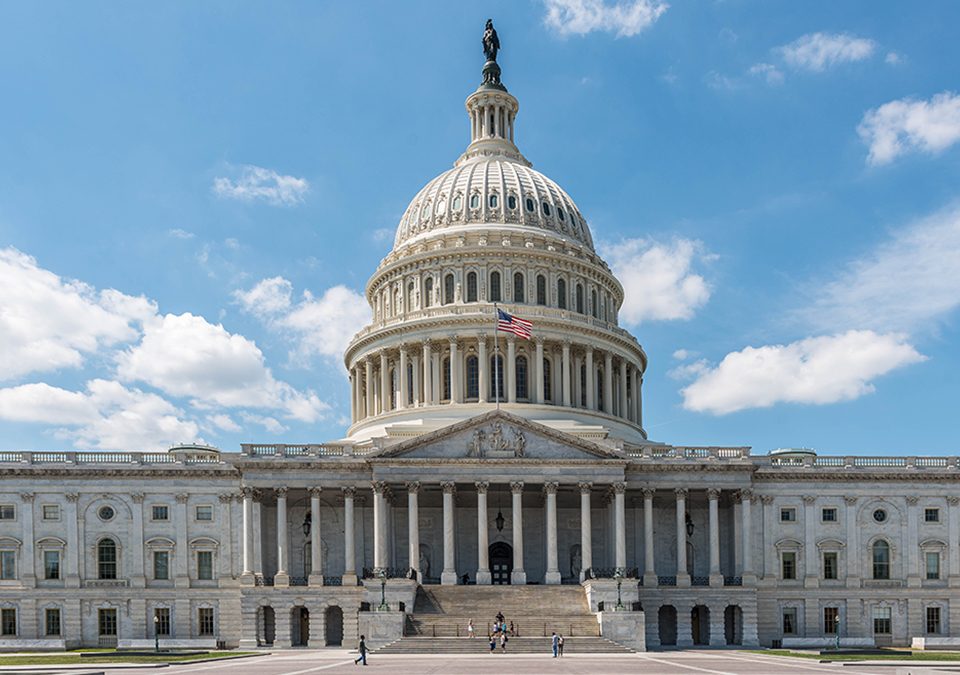When the 116th Congress passed the National Defense Authorization Act back in December 2020, the Members of the House and Senate had no idea that a Washington bureaucrat would over-interpret a small amendment in the Outer Continental Shelf Lands Act (OCSLA) to laden a regional economic engine with operational uncertainty, undue process, and unnecessary cost increases during a worldwide economic downturn.
But that’s exactly what happened when the Custom & Border Protection (CBP) issued a ruling, over-extending the Jones Act’s coastwise transportation laws to unnecessarily regulate the installation of scour materials on marine installations.
For companies with mobile offshore drilling units (MODUs), operating on the U.S. Outer Continental Shelf (OCS) would be subject to increased costs in any pre-construction activities, specifically, any “scour protection materials.”
Coastwise laws govern shipment by water of freight, household goods, & passengers, assuring reliable shipping service and the existence of a maritime capability in times of war or national emergency. With the initial CBP ruling, they asserted that the Jones Act extended to the “pristine seabed,” which had no established precedence in more than 40 years of CBP rulings.
Three weeks ago, IADC submitted a letter to the Customs & Border Protection (CBP) requesting the withdrawal of a recent January 2021 ruling, advocating on behalf of sensible offshore regulations.
The Association cited this inconsistency & over-extension in a letter to Lisa Burley, Chief/Supervisory Attorney-Advisor in the CBP’s Office of Trade, Regulations and Rulings:




